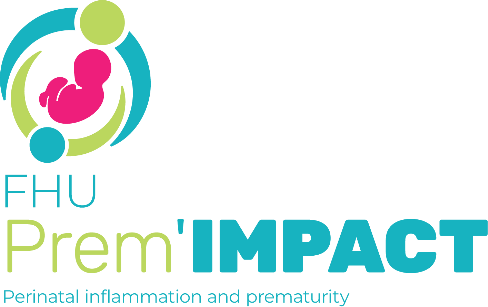Abstract
Objective: To report neurodevelopment at age 5.5 years according to developmental delay screening with the Ages & Stages Questionnaire (ASQ) in late infancy in preterm-born children.
Design: Population-based cohort study, EPIPAGE-2.
Setting: France, 2011-2017.
Participants: 2504 children born at 24-26, 27-31 and 32-34 weeks, free of cerebral palsy, deafness or blindness at 2 years’ corrected age.
Main outcome measures: Moderate/severe, mild or no disability at age 5.5 years using gross and fine motor, sensory, cognitive and behavioural evaluations. Results of the ASQ completed between 22 and 26 months’ corrected age described as positive screening or not.
Results: Among 2504 participants, 38.3% had ASQ positive screening. The probability of having moderate/severe or mild disability was higher for children with ASQ positive versus negative screening: 14.2% vs 7.0%, adjusted OR 2.5 (95% CI 1.8 to 3.4), and 37.6% vs 29.7%, adjusted OR 1.5 (1.2 to 1.9). For children with ASQ positive screening, the probability of having neurodevelopmental disabilities at age 5.5 years was associated with the number of domain scores below threshold, very low gestational age and severe neonatal morbidities. For children with ASQ negative screening, this probability was increased for boys and children born small-for-gestational age. For both groups, maternal level of education was strongly associated with outcomes.
Conclusion: In preterm-born children, ASQ screening at 2 years’ corrected age was associated with neurodevelopmental disabilities at age 5.5 years. However, other factors should be considered when interpreting the ASQ data to draw further follow-up
